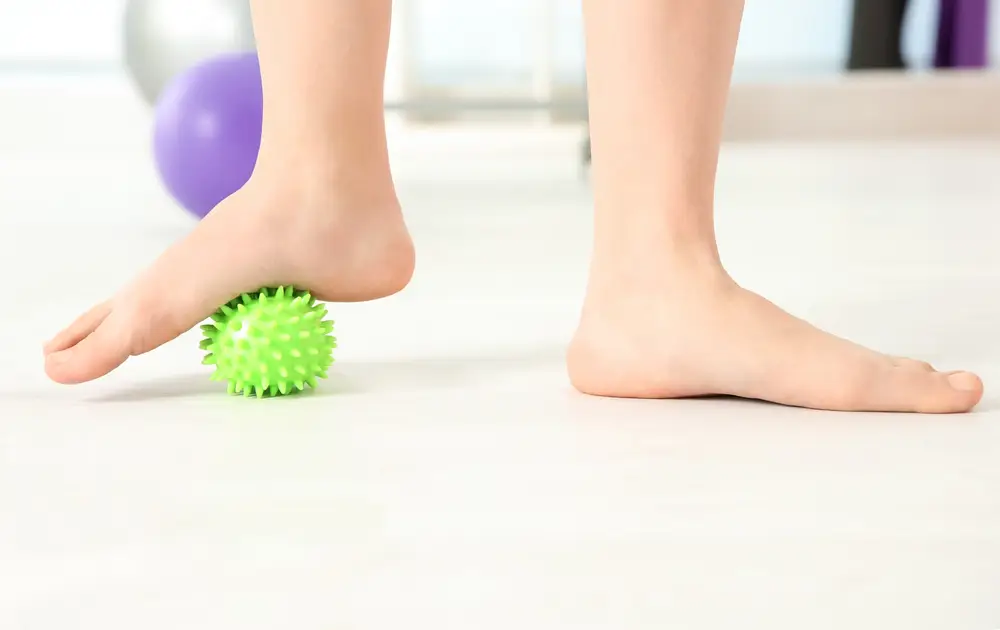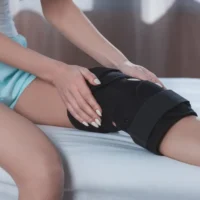Have you ever been told you are flat-footed? Or have you noticed that the arches in your feet are not quite the same as others? Although we are all a part of the same species, many of us have variations in our anatomy that make us unique. Look at a crowd of people and you’ll notice many different shapes and sizes. Our feet are the same. Some people have very developed arches in their feet, others have under-developed arches and have an almost ‘flat’ look to their feet. This phenomenon is known as ‘pes planus’.
Why does it occur?
There are two main reasons a person may develop flat feet. They are:
- Congenital: A person is born with it and the feet fail to develop an arch through childhood into adulthood. A small percentage of the population have a connective tissue disorder which can leave the joints in the body less stable and more mobile. These conditions (namely Ehlers-Danlos and Marfans Syndromes) are also associated with having flat feet.
- Acquired: A person develops flat feet as a result of trauma, tendon degeneration, or through muscular or joint disease.
Most babies will look flat-footed at birth, but usually by the age of 10, a strong and supportive arch has developed. For some people, the arch simply does not develop, and this may or may not lead to problems down the line.
Signs and symptoms
The obvious sign to look for is a flattened arch of the foot. If you look at someone from the front or slightly to the side, you may notice that the majority or whole of the inside border of the foot is touching the ground, as opposed to there being a clear space between the heel and ball of the foot.
What effect can this have on the body? It is quite possible and very common, for someone to have flat feet and have no symptoms at all. This is known as being ‘asymptomatic’. It may surprise you to know that only 10% of people with flat feet experience symptoms. These people are known as ‘symptomatic’.
People who do experience pain as a result of this condition do so because the lack of arch supporting the inside region of the foot has a knock-on effect to the mechanics of the rest of the limb. This then affects how the pelvis and spine function too. Pain in the middle part of the foot, heel, knee, hip and lower back are all common complaints. It is also not uncommon for someone with flat feet to experience recurrent ankle sprains, where they regularly ‘roll the ankle.
Treatment
“Do I need treatment if I am flat-footed?” If you have no symptoms and having flat feet does not affect your life in any way, the answer is simply ‘no’.
If you have pain caused by this problem, then this is where we (and other professionals) come in. Pes planus is a great example of how a problem in one part of the body may lead to pain and dysfunction in a completely different part of the body. It’s an osteo’s dream! Not your pain, of course… However, we are experts at recognising the root cause of a problem and putting a plan in place to get it resolved fast.
Techniques we use may include soft tissue massage, joint mobilisation of the foot, ankle, knee, hip or spine and strengthening exercises. Exercises will aim to strengthen the arch itself, but may focus up the chain to the thigh, glutes and trunk as well. A large part of our job here is to also educate a patient on which footwear to use and whether or not they require the help of orthotics (these are special insoles for your footwear). Some children and adults may need some extra support inside their shoes to help reduce the effect of mechanical change up the limb. We may decide that you will benefit from seeing a podiatrist or other foot specialist who is able to design and supply you with insoles that are unique to you and the shape of your foot. Being obese can also increase the load on the lower limbs, therefore increasing the effects of pes planus in the process. In these cases, we can help to advise on how you go about losing weight through changes to your diet and exercise regimes.
For the majority of cases, a combination of these treatments above will result in improved mechanics and reduced pain, allowing the patient to continue doing the things they love. For the very few people who do not respond to treatment, an orthopaedic specialist’s opinion may be required for long term management. This is always a last resort.
Check out your feet. Do you look flat-footed when you stand up and weight bear? Is there any associated pain? If so, call us today on 02 4655 5588 or book now and we’ll tell you what needs to be done to beat the pain! Arch you glad you read this now?! 😉
References:
- Radiopedia. 2020. Pes planus. [Online]. Available from: https://radiopaedia.org/articles/pes-planus. [Accessed 08 May 2020].
- Raj, MA. et al. 2020. Pes Planus. Stat Pearls. [Online]. Available from: https://www.ncbi.nlm.nih.gov/books/NBK430802/. [Accessed 08 May 2020].







